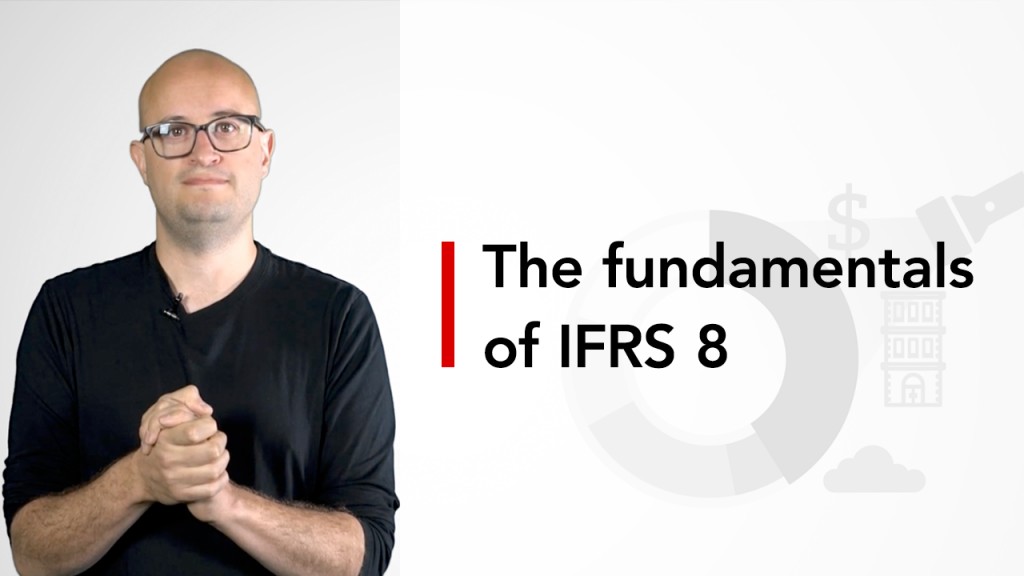
In times when inflation is rising, it is unlikely that anyone is really thinking ‘what about the financial reporting?’. However, this is a column on current issues within financial reporting, so it is well used to attempting to answer the questions that only the few are asking.
The short answer is that the financial reporting is unlikely to significantly change for most entities at this time, as the only accounting standard dealing with inflation is IAS 29, Financial Reporting in Hyperinflationary Economies.
Hyperinflationary economies
The International Accounting Standards Board (IASB) doesn’t explicitly define what constitutes a hyperinflationary economy in IAS 29, but it gives a list of characteristics that could indicate hyperinflation.
One of these factors is that the cumulative inflation rate over three years is approaching, or exceeds, 100%. A proposal to consider dropping this percentage was considered in 2015, but the IASB decided not to take it any further. This relatively high indicator means that most economies will not be classed as hyperinflationary.
Continued growth in inflation could lead to renegotiations over lease agreements
According to an April 2022 report from EY, IAS 29 should be employed by entities whose functional currency is that of any of the following 10 countries: Argentina, Iran, Lebanon, South Sudan, Sudan, Suriname, Turkey, Venezuela, Yemen and Zimbabwe. The report states that four more countries – Angola, Ethiopia, Haiti and Syria – are not hyperinflationary but should be monitored.
If IAS 29 is to be applied, the financial statements should be restated by applying a general price index. This is often done to assets by multiplying the original cost of assets by a factor. For example, if an item of equipment was acquired at a cost of C10,000 when the prices index was 400, and the prices index is 1,000 at the reporting period, the restated value (before depreciation) would be C10,000 x 1,000/400 = C25,000.
These adjustments are applied to non-monetary items only, with monetary items being stated at the measuring unit at the reporting date. A gain or loss is recorded in net income and should be disclosed separately. If the restated amount of a non-monetary item exceeds its recoverable amount, it is then reduced in accordance with the rules on the impairment of items.
Non-hyperinflationary economies
For most entities, there will not be any specific changes to accounting, as no standard covers this. However, increases in inflation rates could have a significant impact on companies that operate a defined benefit pension scheme. For schemes that are shut, this may have the unexpected impact of lowering the pension liabilities. As inflation rises, interest rates are likely to follow, which is likely to mean that the discount rate used by entities to record liabilities will increase, reducing the present value of payments.
Companies may end up with loss-making contracts, and provisions for these losses may be required
For defined benefit schemes that are closed, the potential increase in wage costs (and therefore pension contributions) will have no impact, allowing pension liabilities to potentially fall. For schemes that remain open, the increase in contributions may have a negative impact. This could be particularly the case in some public sector pension schemes that already use higher discount rates than private sector entities.
An increase in discount rates used may also result in a reduction in lease assets and liabilities, reducing the present value of payments made under existing agreements. Continued growth in inflation could lead to companies entering into renegotiations over lease agreements. If there is any resulting modification in the lease terms, entities will need to look at how these should be applied in accordance with IFRS 16, Leases. Should the changes relate to reductions in the right-of-use assets and lease liabilities, the terminations and any gain/loss should be calculated and recorded.
The impact of inflation on the financial statements is likely to be widespread
Companies that suffer higher input costs are likely to try to pass them on to consumers where possible. Where this is not possible, companies may end up with loss-making contracts, and provisions for these losses may be required.
Companies may opt to use the revaluation model for their property, plant and equipment in accordance with IAS 16 if they believe that the historic-cost model produces inaccurate asset values. In this case, companies must remember to revalue all assets within a specific class (ie all land and buildings). This revaluation may show assets at higher values but will lead to increased depreciation in the statement of profit or loss. Entities can opt to make a reserves transfer to switch this excess depreciation from the revaluation surplus into retained earnings. This reserves transfer is made as a transfer in equity only, so profits will remain lower.
Sadly, the major impact is likely to be all too obvious. Entities suffering higher costs of input are likely to raise their prices to consumers. This could initially mean that entities applying first-in first-out for inventory valuation will record higher gross profits, but this is then likely to be offset by increases in utility and wage costs.
In summary, there may not be a specific standard to account for inflation, but the impact on the financial statements is likely to be widespread.
More information
See Adam Deller's series of short videos setting out the fundamentals of some of the trickier financial reporting concepts. Topics include
- IAS 10, Events after the Reporting Period
- IAS 19, Pensions
- IAS 36, Impairment of Assets
- IAS 37, Provisions, Contingent Liabilities and Contingent Assets
- IAS 38, Intangible Assets
- IAS 40, Investment Property
- IFRS 2, Share-based payment
- IFRS 5, Non-current Assets Held for Sale and Discontinued Operations
- IFRS 16, Leases.




